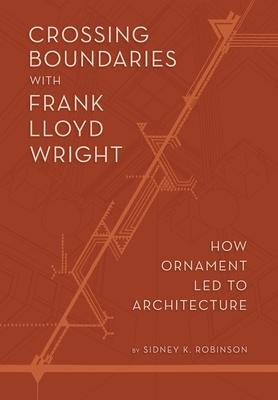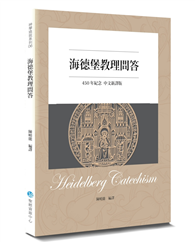Frank Lloyd Wright, America’s most noted architect, crossed boundaries as he thought and as he designed. He discussed subjects like democracy, machine, convention, alternatively as advocate and adversary, and his architecture crossed the line between inside and out with projections and recesses whose complex boundaries add depth to our experience of architecture and to our understanding of ideas.
Wright also crossed boundaries of tradition in search of a new architecture he called "organic architecture" that embodied a unique American culture based on nature rather than imported precedent. For him, nature was not just the outside world; it included his own mind that interpreted nature by means of abstraction not imitation. That interpretation was initiated when he saw his mentor Louis Sullivan draw his amazing ornament.
Crossing Boundaries with Frank Lloyd Wright traces how Wright extrapolated the principles that structured Sullivan’s ornament to the design of a whole building. Author Sidney K. Robinson proposes that the graphic pattern Wright used in An Autobiography is a diagram of an architect crossing between building and nature, between asserting and questioning. Following this pattern, Wright came to see ornament from the perspective of architecture and architecture from the perspective of ornament. That is how ornament can lead to architecture.











